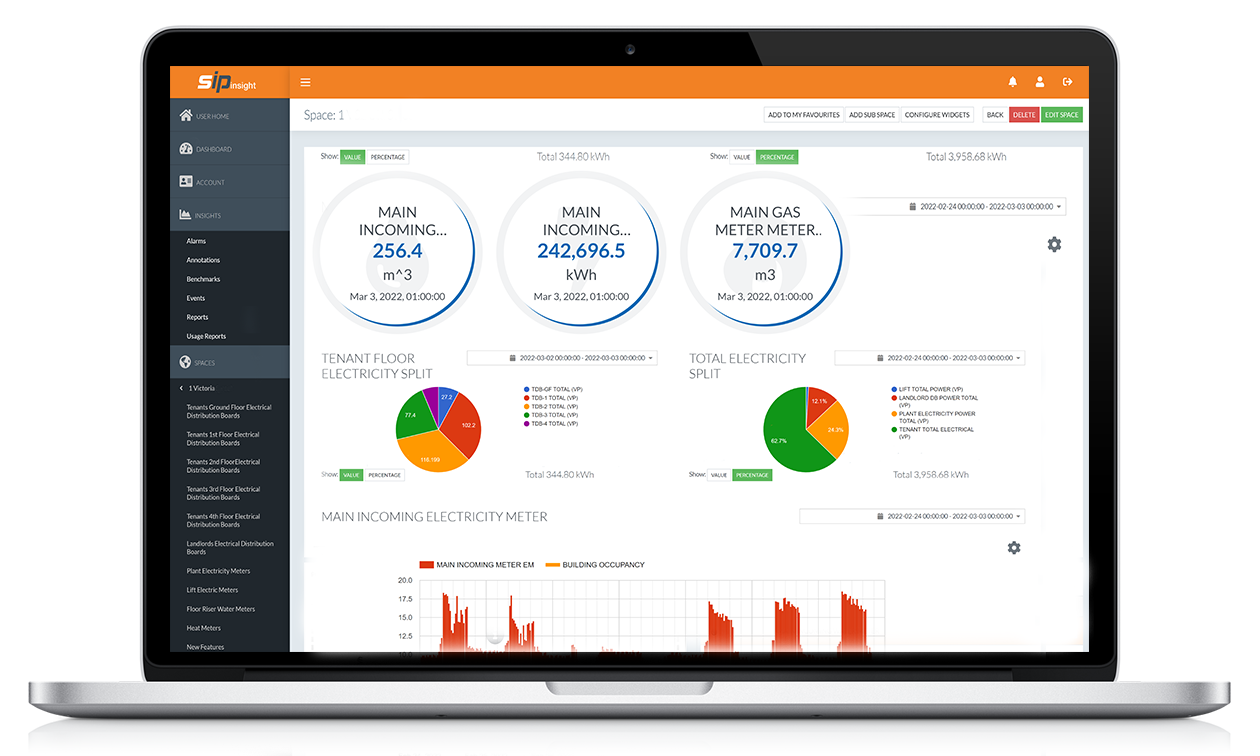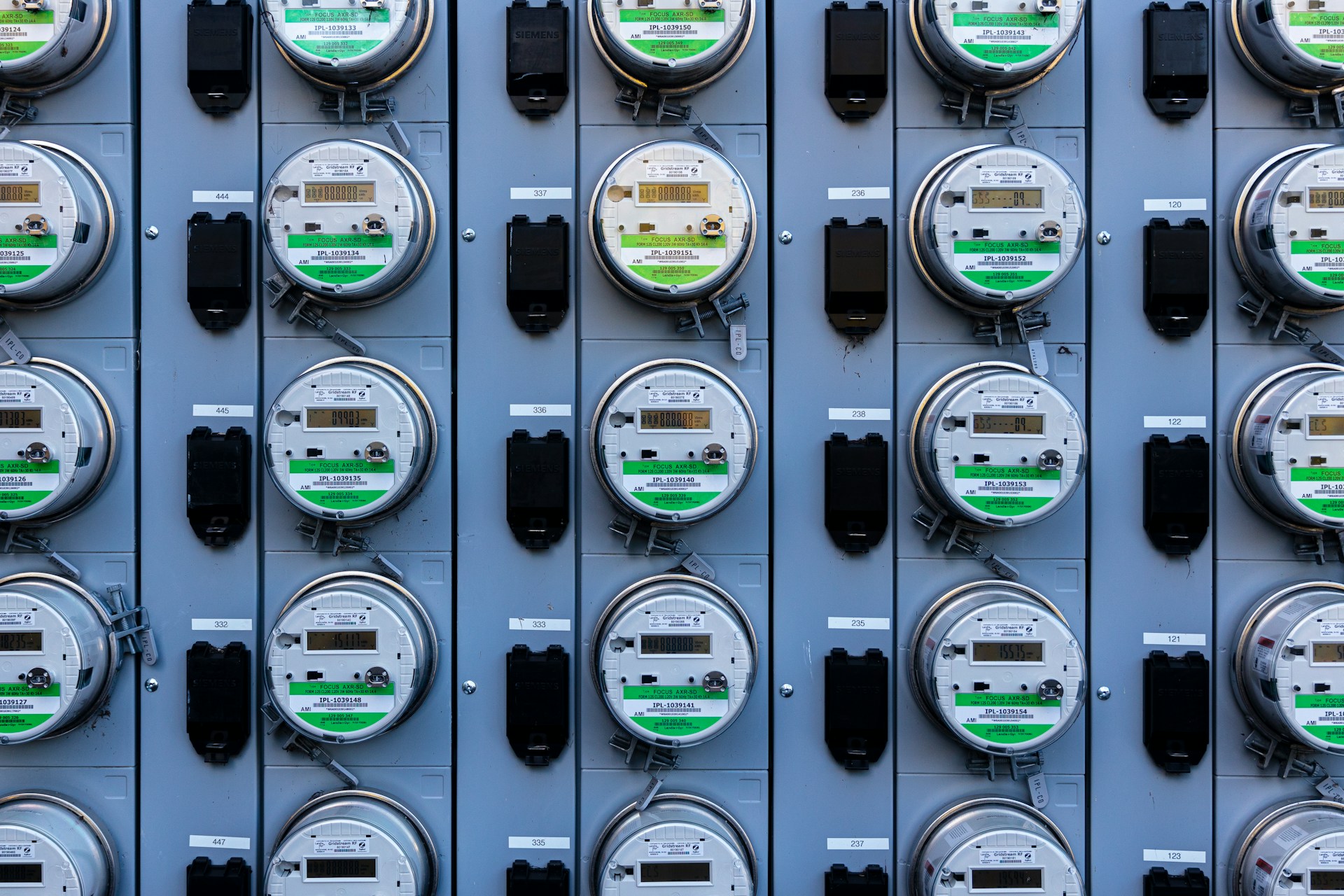Introduction
In an era where sustainable practices and energy efficiency are at the forefront of building design and operation, sub metering has emerged as a game-changer in the realm of energy management. With a growing emphasis on reducing carbon footprints and optimising resource consumption, sub metering has become an indispensable tool for building consultants, specifiers, and professionals dedicated to creating environmentally responsible structures.
This blog post explores the importance of sub metering, delving into relevant UK legislation, regulations, and the myriad benefits that accompany its implementation.
The Regulatory Landscape in the UK
The United Kingdom has made significant strides in promoting energy efficiency and sustainability within the built environment. The Energy Savings Opportunity Scheme(ESOS) and the Minimum Energy Efficiency Standards (MEES) are two key pieces of legislation that underline the commitment to reducing energy consumption in buildings.
Sub metering plays a crucial role in aligning with these regulations, offering a granular approach to energy monitoring and providing the necessary data for compliance reporting
By monitoring energy usage at the sub-meter level, building owners and operators gain valuable insights into their consumption patterns, enabling them to implement targeted strategies for reducing overall energy consumption and achieving compliance with regulatory standards.


Benefits of Sub Metering
- Granular Insight into Energy Consumption: Sub metering allows for a detailed breakdown of energy usage, offering a comprehensive understanding of where and when energy is being consumed within a building. This granularity is essential for identifying inefficiencies and optimising energy use.
- Cost Allocation and Tenant Billing: For multi-tenant buildings, sub
metering enables accurate and fair allocation of energy costs among tenants. This not only promotes transparency but also encourages tenants to adopt energy-efficient practices, as they become more aware of their individual energy consumption. - Identifying Anomalies and Reducing Wastage: With sub metering, abnormal spikes or dips in energy usage can be quickly identified, indicating potential equipment malfunctions or inefficiencies. This proactive approach allows for timely intervention, reducing energy wastage and preventing costly repairs.
- Optimising Building Performance: Sub metering data can be integrated into building management systems (BMS) and other smart building technologies, enabling real-time monitoring and control. This integration facilitates proactive decision-making, ensuring optimal building performance and energy efficiency.
- Compliance with Green Building Certifications: Many green building certifications, such as BREEAM (Building Research Establishment Environmental Assessment Method) and LEED (Leadership in Energy and Environmental Design), recognise the importance of sub metering in achieving their energy efficiency criteria. Implementing sub metering can contribute significantly to achieving and maintaining these certifications.
Using Sub Metering Data in Other Systems
The data obtained through sub metering can be leveraged beyond basic energy monitoring. Integrating sub metering data with other systems can amplify its impact on energy management and building efficiency:
Building management Systems (BMS) / Building Automation Systems (BAS): Sub metering data can be integrated into BAS, allowing for automated control of building systems based on real-time energy consumption patterns. This results in more responsive and adaptive building operations.
Energy Management Software: Dedicated energy management software can process sub metering data to generate comprehensive reports, identify trends, and offer actionable insights. This information is invaluable for making informed decisions about energy conservation measures.
Tenant Engagement Platforms: Sub metering data can be shared with tenants through user-friendly platforms, encouraging them to actively participate in energy-saving initiatives. This not only enhances the overall sustainability of the building but also fosters a sense of responsibility among occupants.
In conclusion, sub metering is not merely a regulatory requirement but a
transformative tool for achieving energy efficiency and sustainability goals in buildings. By providing detailed insights into energy consumption, enabling fair cost allocation, and integrating seamlessly with other building systems, sub metering emerges as a cornerstone of modern energy management practices. As building consultants, specifiers, and professionals dedicated to creating energy-efficient structures, embracing sub metering is a strategic move towards a greener and more sustainable future.
Are you ready to take your building's energy management to the next level?
Contact Synapsys today to explore how our cutting-edge metering service solutions can revolutionise your approach to take control, make informed decisions, and drive your energy performance to new heights.


